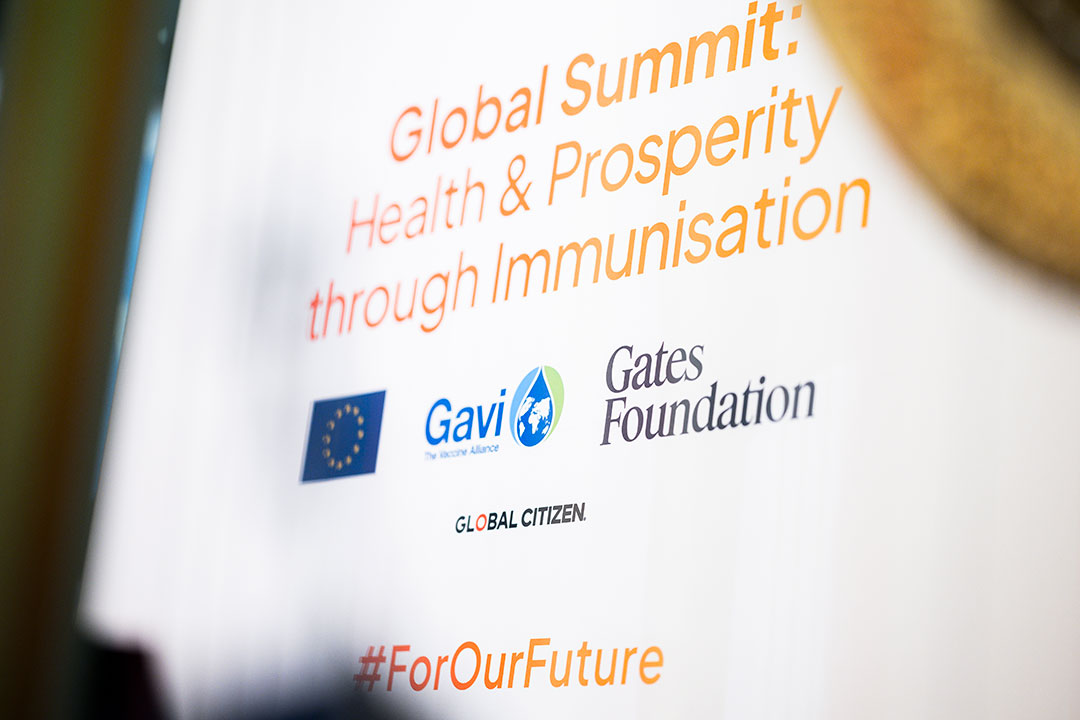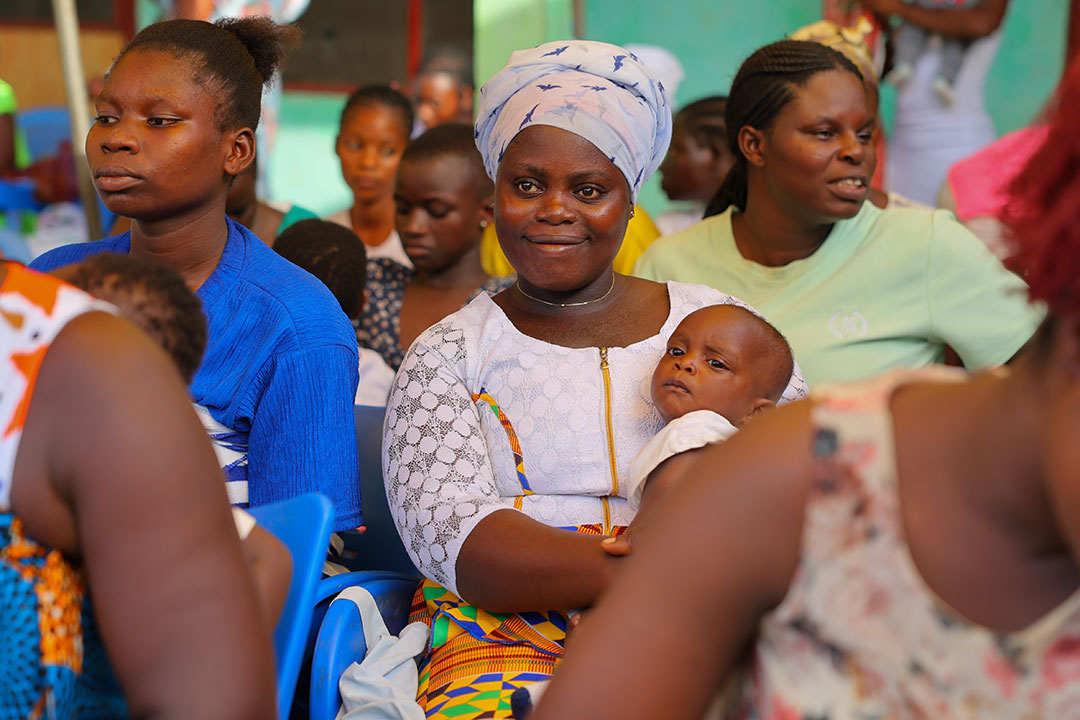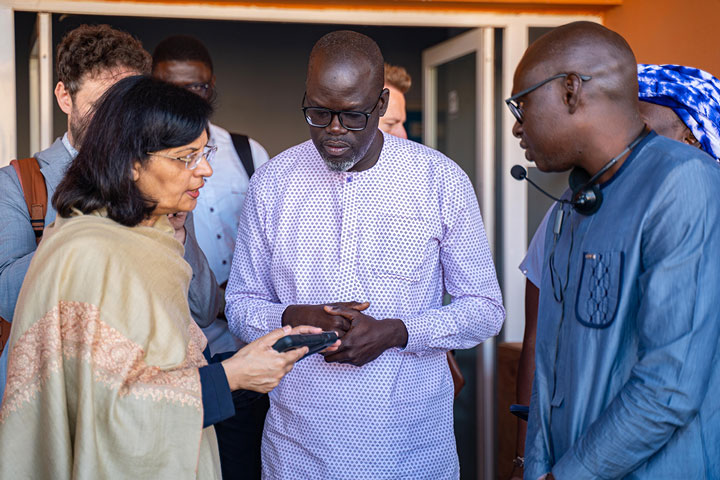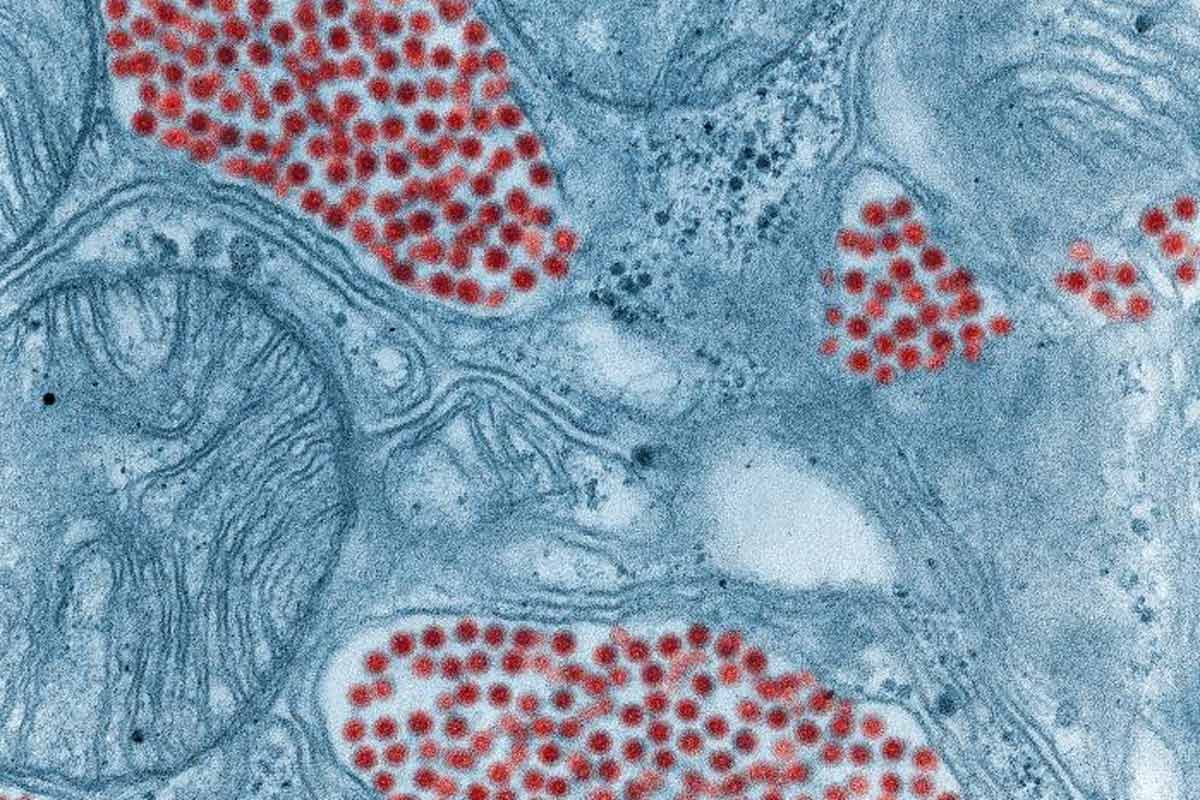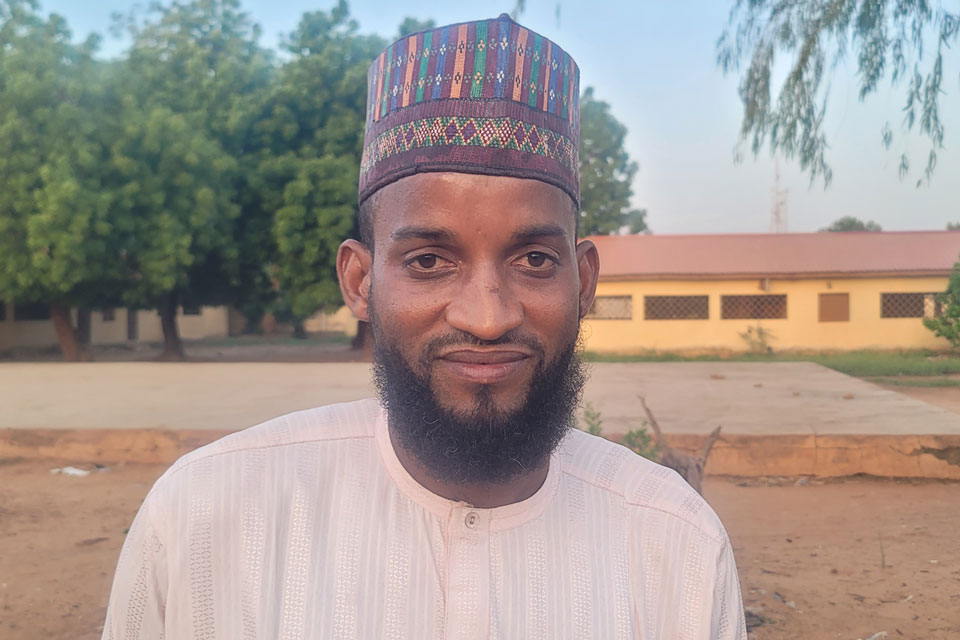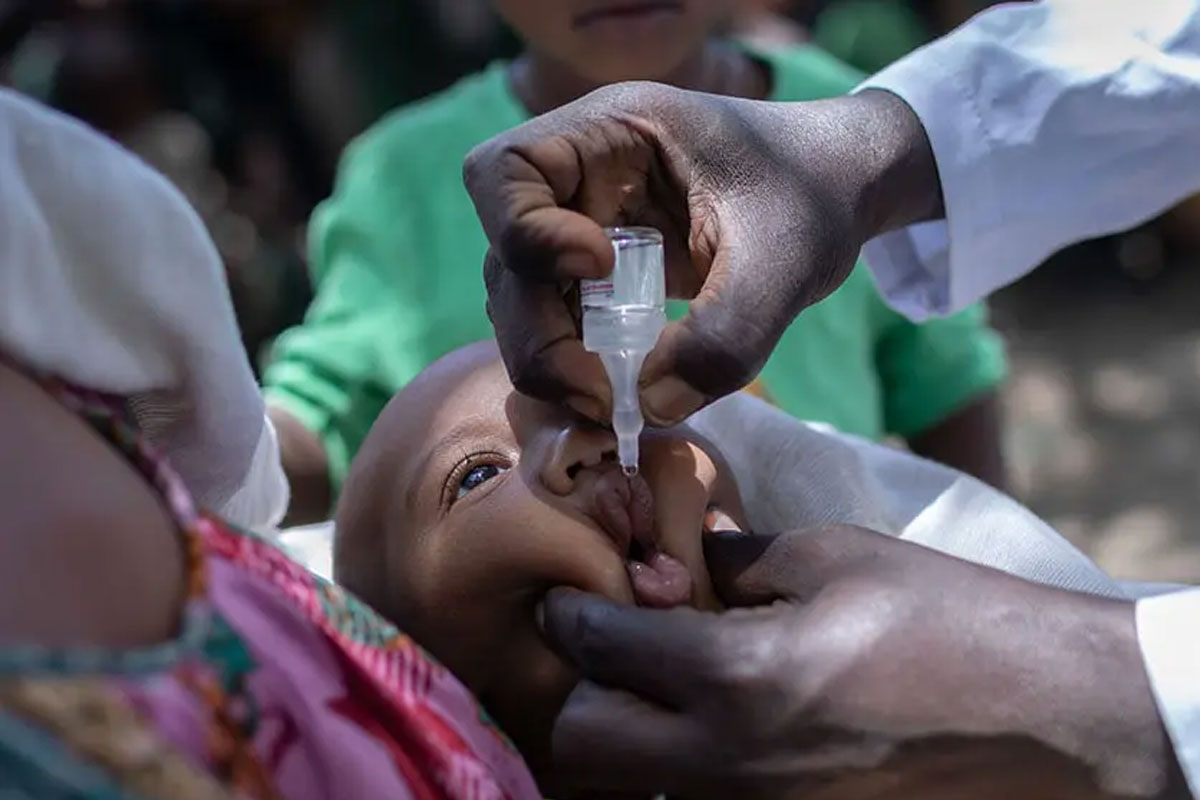How can we make fair and equitable access to COVID-19 vaccines a reality?
How will COVAX ensure that COVID-19 vaccine doses reach all countries at the same time, and protect those people that need it the most?
- 22 September 2020
- 4 min read
- by Gavi Staff

With more than 175 countries now involved with COVAX, the beginning of the end of this pandemic is within our grasp. By coordinating the global effort to develop safe and effective COVID-19 vaccines, and ensuring their rapid, fair and equitable distribution to participating countries, COVAX aims to alter the course of this pandemic and bring an end to the acute phase by the end of 2021. But what exactly does fair and equitable access mean? To provide some clarity and guidance on this, today the World Health Organization (WHO) has issued its Fair Allocation Framework.
COVAX aims to alter the course of this pandemic and bring an end to the acute phase by the end of 2021.
In light of the likelihood that supply of COVID-19 vaccines will be constrained, at least initially, the Framework recommends that different target populations be prioritised into tiered groups, who should receive access to vaccines in different phases. It suggests the highest priority, or Tier 1, populations as:
- frontline workers in health and social care settings
- people over the age of 65 years
- people under the age of 65 years who have underlying conditions that put them at a higher risk of death.
The percentage of the population making up this Tier 1 group will vary from country to country, depending upon their population characteristics and other considerations, such as the number of health care workers they have. However, the Framework estimates that if all countries have an allocation of vaccines enough to protect 20% of their population, this should be sufficient to protect all Tier 1 people across the globe. COVAX has an initial goal of producing more than 2 billion doses of COVID-19 vaccines by the end of 2021, so the hope is that this will be sufficient to achieve that target.
Since COVAX allows self-financing countries to request enough doses to vaccinate between 10-50% of their populations, it has measures built in to ensure that high risk groups get priority. All countries must first be offered the doses they need to vaccinate 20% of their population before other countries can increase their coverage beyond this. The only exception is those countries who have opted to receive fewer doses than the amount required to cover 20% of their population.
However, even before that, initially the Framework also makes recommendations on how the first tranche of vaccines are allocated. When COVID-19 vaccines first receive regulatory approval and are licensed to be made available to the public, there won’t be enough to protect all high priority groups. So, to maximise the impact these initial doses will have, the Framework recommends that doses are first made available fairly and equally to all countries until all countries are able to protect 3% of their population.
The Framework recommends that doses are first made available fairly and equally to all countries until all countries are able to protect 3% of their population.
According to the Framework, this should be enough to protect people who are not just at high risk of being infected but also pose a higher risk of transmitting COVID-19; people who are most likely to come into regular contact with the virus, like frontline health care workers and people working in social care settings. The percentage of the population made up by these groups also varies significantly across countries, from as low as 0.0001% to 3%. So, by setting a benchmark of 3% it should be possible to ensure that all countries initially receive enough doses to protect these groups, without penalising those that have a low proportion of frontline health and social care workers.
To ensure that there is accountability and transparency in the allocation of COVID-19 vaccines the Framework proposes that an Allocation Mechanism be established. This would comprise of firstly a Joint Allocation Taskforce, made up of WHO and the Office of the COVAX Facility, that would be responsible for preparing a proposal regarding vaccine allocations for COVAX Facility participants, and secondly an Independent Vaccine Allocation Group, made up of independent experts, that would validate this proposal.
